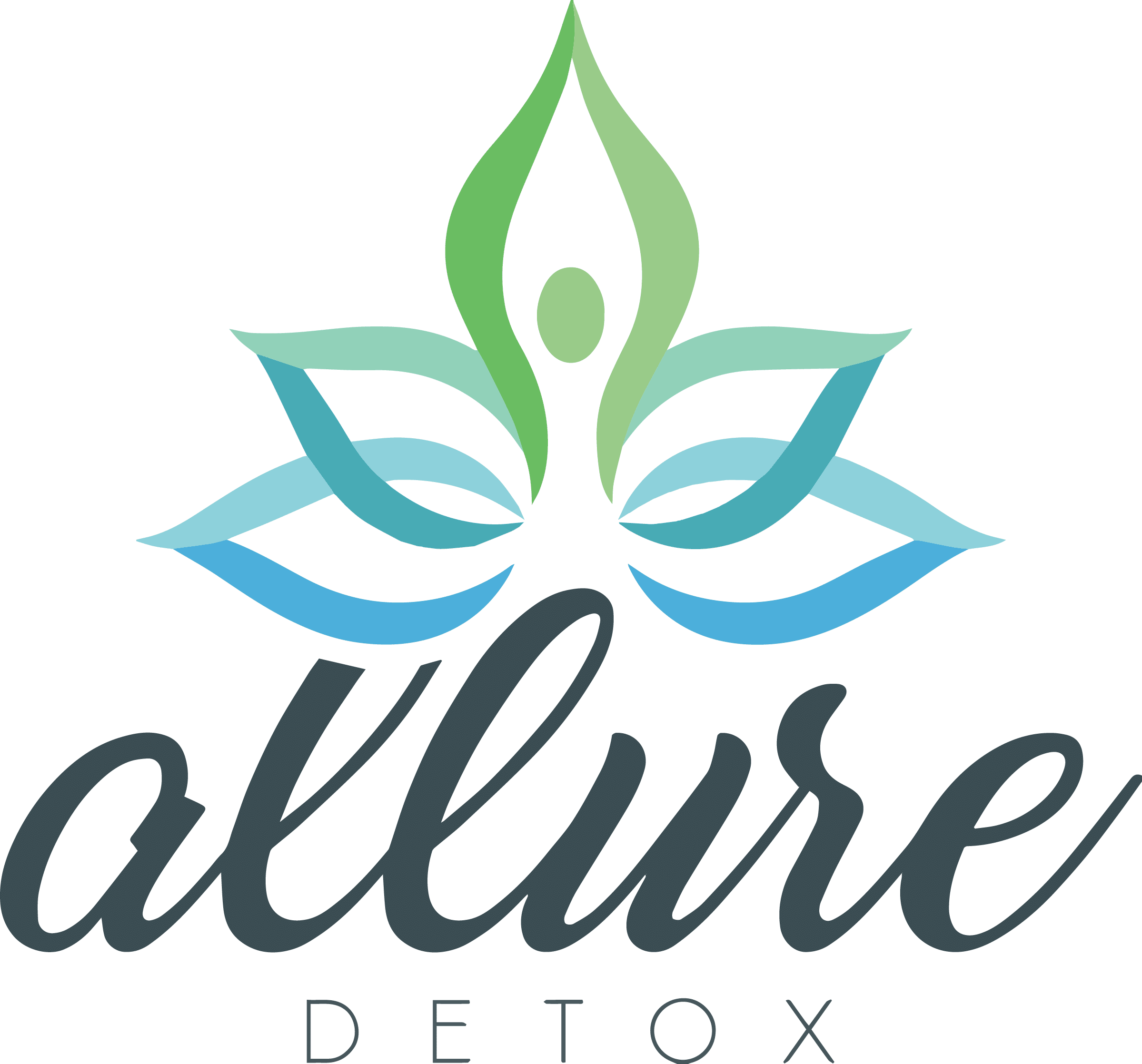Prescription drugs are prescribed daily for pain, mental, emotional, or other illnesses. They are usually given a set of directions from the doctor for how much and how long to take them. When taken appropriately, they typically cure what issue a user has. After the prescribed dosage is up, the user should stop taking the drug for that initial incident. Some patients get dependent on the drug, whether they had more refills than necessary or took more than the recommended dosage.
Many prescribed medications are abused and taken more than recommended to get “high.” One prevalent drug is Xanax, which is a brand name for alprazolam. This drug is not only popular as a prescribed medication but also recreationally. Xanax is a potent benzodiazepine or benzo that is only recommended for up to six weeks. This drug usually is for those who suffer from anxiety and get relief when used as prescribed.
Table of Contents
So What Does Xanax Feel Like?
How Xanax will affect you, whether you are taking it recreationally or it is prescribed, depends on several factors, including the following:

- Mental state at the time you take the drug
- Age
- Weight
- Metabolism
- Xanax dosage
Recreational Use of Xanax
Many people take Xanax recreationally or without a prescription. This is popular for those especially who take uppers and want to come down so they can sleep. These users usually describe the feeling as sedating or calming.
Xanax has the exact opposite feelings from some drugs, such as cocaine, that produce a “high” or euphoric feeling. Xanax users describe feeling more relaxed, quiet, and tired. Xanax users, because of the relaxed feeling, have also claimed to have an appetite increase and will tend to overindulge in food.
These feelings may lead to falling asleep or passing out for a few hours. Some people have also reported memory loss or blacking out and not remembering what happened for several hours. Higher doses will have more potent effects, and these more substantial effects can lead to dangerous activities because of the loss of inhibitions. Some may shoplift, drive under the influence, or get into fights. Some users have found themselves waking up a few hours after the effects have worn off in jail.
Xanax Abuse is Dangerous
Those who abuse Xanax don’t have a specific age, but most tend to be adolescents. They may have gotten them from a friend or found them in their parent’s medicine cabinet. College students are especially at risk for dependency since their abuse rate for these drugs has peaked in recent years. SAMHSA notes those rates are higher among individuals with mental illness, too, touting 31.6 percent of college students who abused prescription drugs in 2010 had a mental health disorder, compared to 15 percent of those who did not have a mental health disorder. Sometimes Xanax is abused with other drugs and especially is common to use to come down off of uppers such as cocaine or ecstasy.
Xanax Prescription Abuse
If you take this medication as intended by your doctor, which is commonly prescribed to treat anxiety or panic disorders, you may feel “normal” after your first dose. The sedating effect can help alleviate anxiety symptoms and calm your body’s response to anxiety or stress.

According to the National Health Statistics Reports during 2014–2016, benzodiazepines were prescribed to approximately 65.9 million office-based
physician visits. The rates for women prescribed the drug were also higher than the men (at 34 visits per 100 women).
Using Other Drugs With Xanax
Other drugs, especially alcohol, can increase the effects of Xanax, and it also slows down how quickly your body can clear the drug from your system. If you take medicine and then drink alcohol, you may experience the drug effects but they are extremely more intense such as lethargy and prolonged memory loss.
It’s strongly advised that you avoid combining the two substances. The combination may lead to dangerous, even deadly, side effects. These include:
- Difficulty breathing
- Extreme drowsiness
- Confusion
- Seizures
Although some users who abuse Xanax and other benzodiazepines may stop taking Xanax suddenly and only experience some rebound insomnia or anxiety, others may develop seizure problems, which can be extremely dangerous. As a result, medical detox is always required for Xanax withdrawal.
Physical withdrawal symptoms of Xanax can include:
- Hyperventilation
- Troubled sleeping (nightmares, waking in the night)
- Muscle spasms
- Weight loss
- Sweating
- Headaches
- Tremors
- Dizziness or unsteadiness
- Muscle aches and pains
- Blurred vision or other visual disturbances
- Extreme sensitivity to light
- Tinnitus (ringing in the ears or hearing a sound that isn’t there)
- Grand mal seizures

Professional Treatment for Xanax Addiction
At Allure Detox, we can help. Xanax addiction is a severe chemical dependency that requires clinical supervision to ensure that a person can safely detox. At Allure Detox, we have medically-assisted detox programs that provide replacement and comfort medication to ease withdrawal symptoms.
Our Xanax detox in West Palm Beach, Florida, is overseen by an experienced clinical staff specializing in Xanax addiction recovery. Every person admitted into our comfortable Xanax detox unit will be under the care of state-licensed clinicians, psychiatrists, counselors, and therapists. Each staff member of our cross-disciplinary team works to ensure that our clients are monitored around the clock. Call us and begin healing safely from addiction today.
FAQ
What does Xanax do for anxiety disorders and panic attacks?
Is Xanax habit-forming?
What are the risks of using Xanax without a prescription?
What should be done in case of a Xanax overdose?
Can Xanax be used with antidepressants for anxiety?
What precautions should be taken when using Xanax with other medications?
Published on: 2020-09-13
Updated on: 2025-04-22



